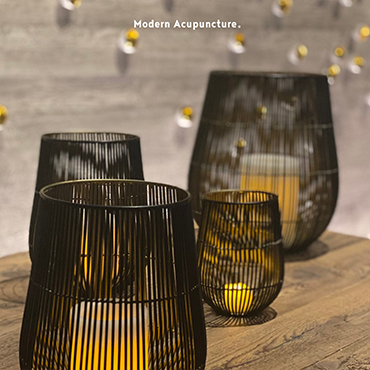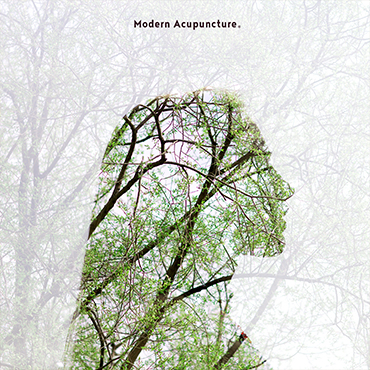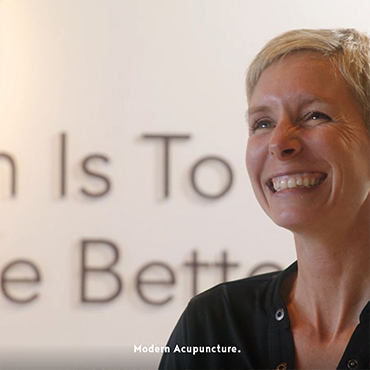One in 10 people suffer from migraines

Living with migraines feels like a constant struggle. What feels like a “good” day suddenly takes a turn when your eyes go a little blurry and you start to get dizzy. You know another one is just around the corner and you brace yourself for the suffering. You cling to the hope that this one will only last a few hours, but you are prepared to be down for days. Cancelling plans with friends, missing days of work, and dealing with low-level constant pain have become your normal.
It is estimated that nearly 38 million Americans suffer from migraines with women making up the majority of that group. While some people only experience sporadic migraine attacks, most are dealing with several per month, affecting their ability to fully participate in life.
You have probably tried all of the over-the-counter migraine remedies and even resorted to prescription meds or injections to try to find relief, but you can’t shake the thought that you might be doing your body even greater harm with their consistent use. After all, those bottles come with warning labels for a reason.
Acupuncture is the migraine solution you are looking for. It is a virtually risk-free, side-effect free way to treat and also prevent migraines. A recent systematic review of 22 clinical trials involving nearly 5000 people, revealed that acupuncture reduces the frequency of migraines, and its effect may be similar to that achieved with preventive medications. The review showed that the frequency of headache dropped by 50% or more in up to 59% of individuals receiving acupuncture and this effect can persist for more than 6 months.
The science supports it, but more importantly will it work for you? We say yes, and here’s why:
Acupuncture stimulates the release of natural painkillers – By stimulating peripheral nerves, acupuncture initiates communication with the brain to release endorphins. Endorphins are morphine like compounds that are able to block pain pathways in the brain and thus provide you with relief.
Acupuncture improves sleep – Imbalanced sleep/wake cycles and sleep deprivation are known migraine triggers. Studies have shown that acupuncture increases the secretion of melatonin helping to balance out the sleep/wake cycles and give you a better night’s rest.
Acupuncture relaxes tense muscles – A common symptom associated with migraines is muscle tension especially in the neck, back and shoulders. It can be hard to tell if muscle tension is the trigger of the migraine or if the headache causes the muscles to tighten. Regardless of which came first, acupuncture can help alleviate muscle tension and ease your discomfort.
Acupuncture combats stress – MRI studies from the prestigious journal Pain, have shown acupuncture to calm the stress center of the brain known as the amygdala. Ironically this is the same part of the brain that is activated by pain.
How many treatments will it take? Treatment plans will often vary based on the frequency and severity of your migraines but anticipate frequent treatments in the beginning and tapering off as your symptoms improve. A common treatment plan for migraines is every three days for a total of 10 visits initially, and then tapering to every five or seven days based on the response to treatment.
Eventually you will come in a couple times a month to stay healthy and keep your migraines from coming back.
What should I expect? Relief. You may notice a change after your first visit, or it may take a few visits to notice improvement. Give the acupuncture time to work and stick to your treatment plan for best results.
How do I try it? Start by finding a Modern Acupuncture clinic near you by visiting our website modacu.com/locations. We have clinics all across the country and more opening every month. Book your appointment online or call your local clinic and speak to one of our friendly Zen Advisors. We can’t wait to meet you and help you get relief.
Sources:
https://migraineresearchfoundation.org/about-migraine/migraine-facts/
https://www.cochrane.org/CD001218/SYMPT_acupuncture-preventing-migraine-attacks
https://www.ncbi.nlm.nih.gov/pmc/articles/PMC1997288/pdf/nihms27472.pdf
[Back to main news page]



